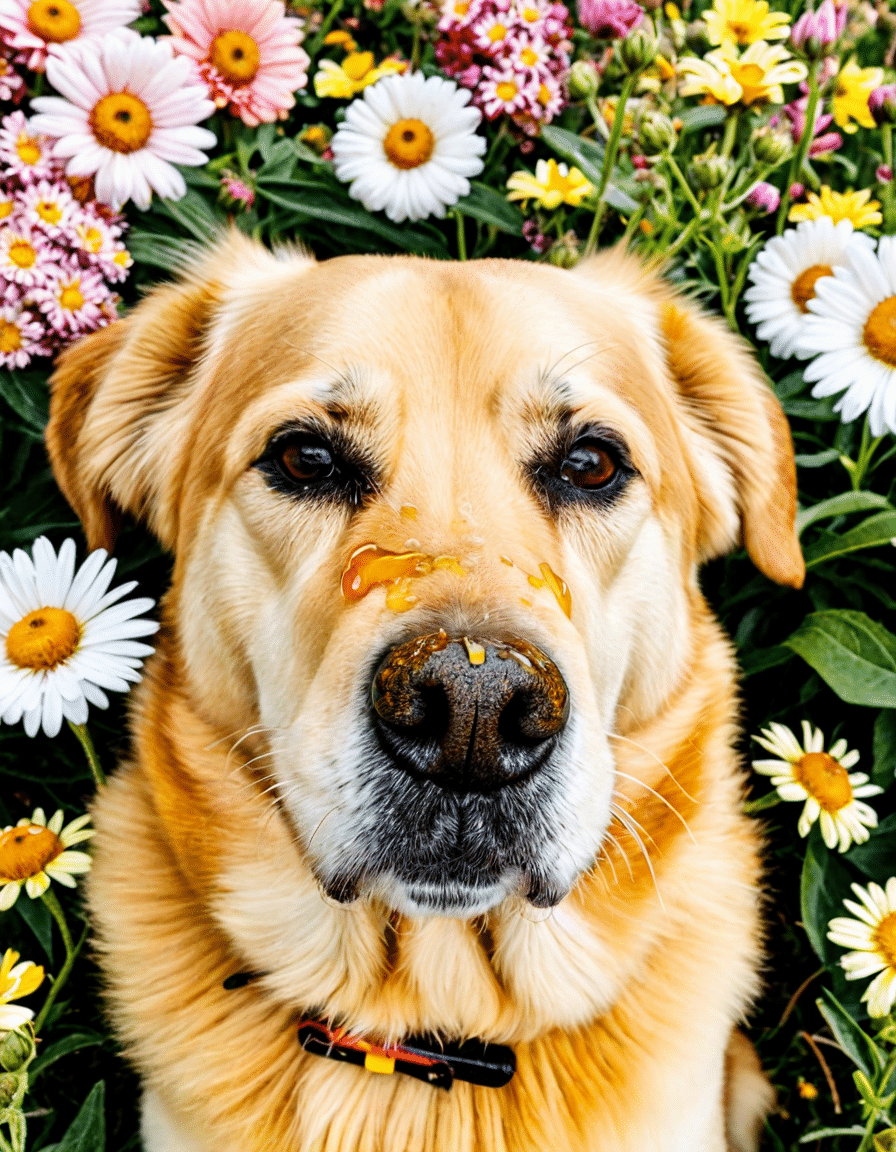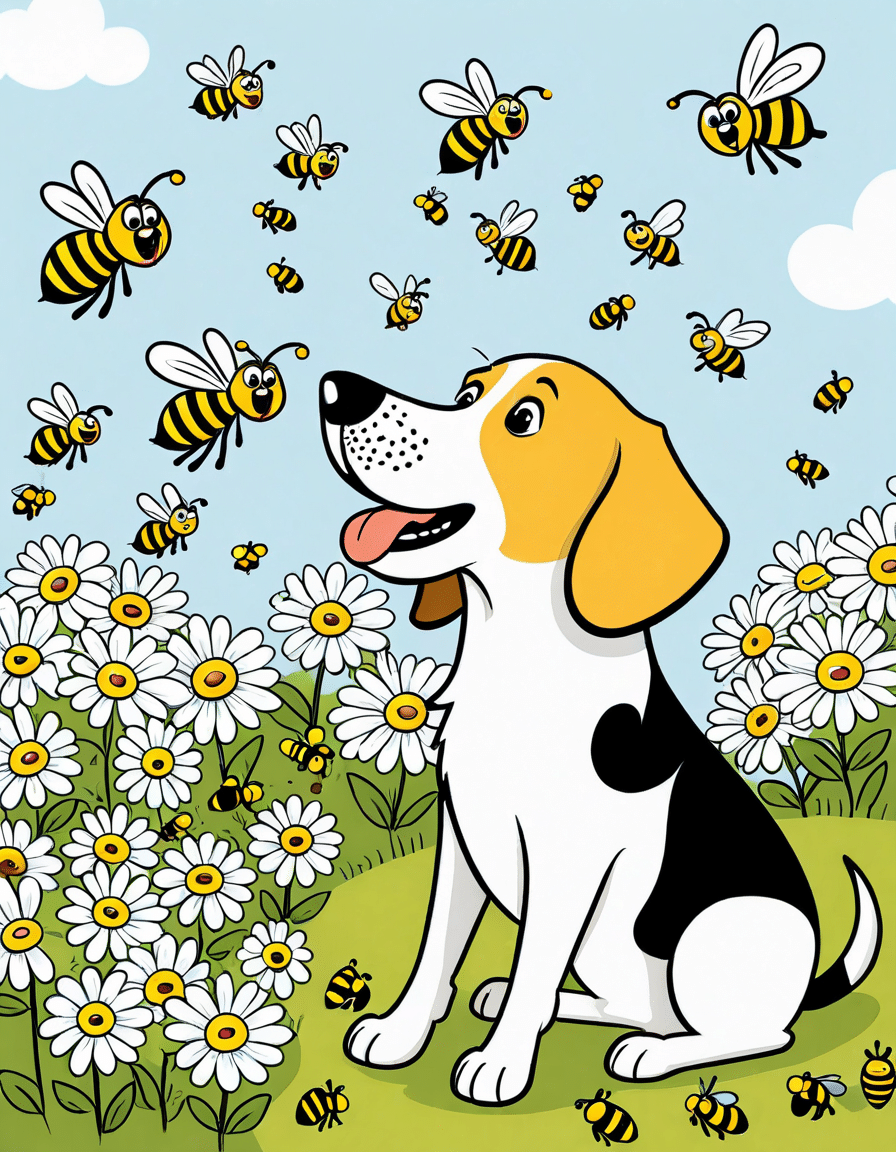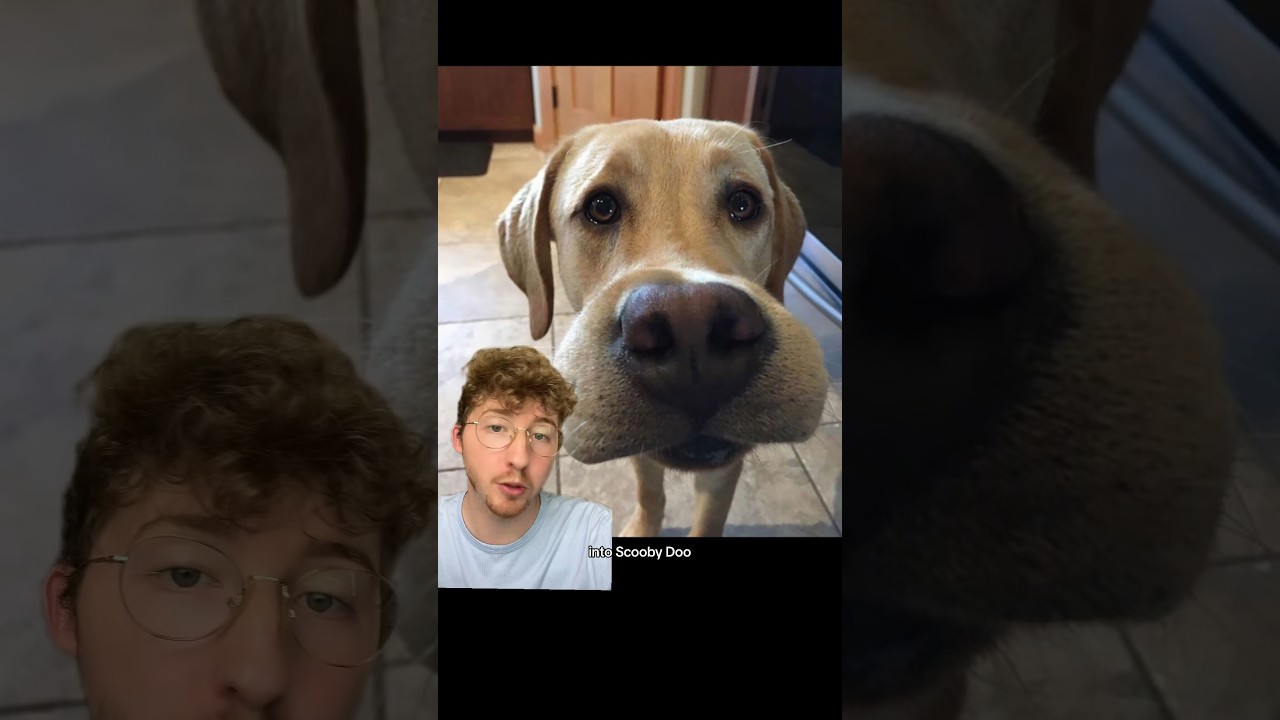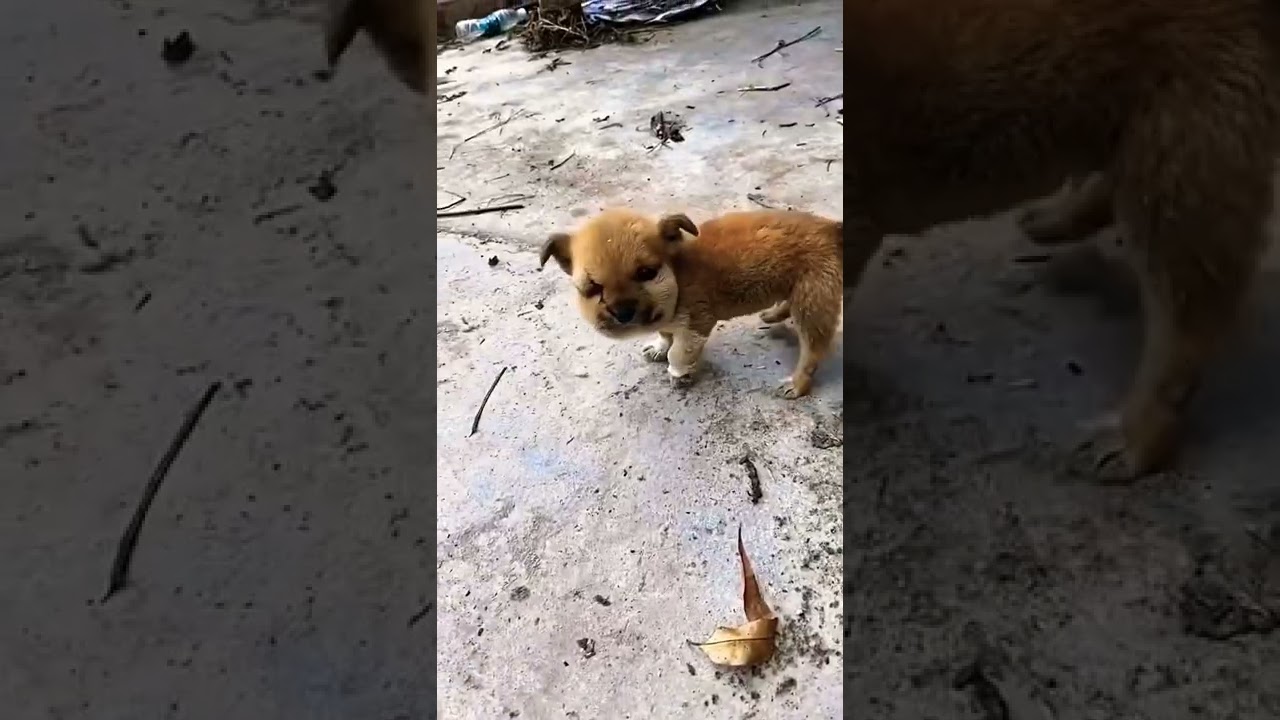When it comes to our furry companions, their curious nature often leads them to explore the world in unconventional ways. One behavior that can raise alarms for dog owners is dogs eating bees. This intriguing phenomenon not only sparks concern but also raises important health and safety questions about our pets. It seems innocent at first, but there are several risks involved that every dog owner should be aware of.
Top 5 Risks of Dogs Eating Bees
1. Stings and Allergic Reactions
A primary concern when dogs encounter bees is the potential for stings. Just like humans, dogs can suffer allergic reactions that vary in severity. Some breeds may be more prone to these reactions, especially those with a history of allergies or skin sensitivities. For instance, a Labrador Retriever named Max got stung by a bee while chasing after it in the backyard. His owner had to take him to the vet for antihistamines and observation. Monitoring your dog’s reactions to bee stings can be crucial, as they might show signs like swelling or excessive licking around the stung area.
2. Pain and Discomfort
When dogs chew on or eat bees, they risk being stung in the mouth or throat, which can cause significant pain and discomfort. It’s common for pups to display distress through actions like paw licking or whining, particularly if they experience a sting. Owners often notice their dogs violently shaking their heads or pawing at their mouths after an encounter, indicating the need for immediate attention to their discomfort.
3. Swelling and Inflammation
If a dog does get stung, the immediate area may swell and become inflamed. This swelling can be particularly problematic if the sting occurs in the mouth, potentially leading to difficulty breathing. A community member once shared a story about her Dachshund, who was stung while barking at a bee. The swelling in his mouth escalated quickly, necessitating emergency treatment to manage the swelling and ensure he could breathe comfortably. Such situations are sobering reminders about the fragility of our pets during these unexpected encounters.
4. Potential Toxicity
While bee venom isn’t toxic in the traditional sense, it can pose risks if a dog ingests a large number of bees. High levels of venom may lead to pronounced health complications. Anecdotal reports from dog owners reveal that some pups have consumed an entire swarm, only to require veterinary attention for gastrointestinal distress. Such cases highlight the importance of keeping an eye on your dog’s behavior, especially around buzzing insects.
5. Behavioral Changes
The act of dogs eating bees often indicates underlying behavioral issues. For instance, some dogs may develop compulsive habits, such as obsessively licking their paws after getting stung. This not only reflects distress but could point towards deeper anxiety or frustration issues. Training and behavioral modification techniques can redirect such compulsions, helping to reduce the frequency of these risky encounters. Effective training, like positive reinforcement to encourage a “leave it” command, can do wonders in steering your pup away from danger.

How to Treat and Prevent Dog Interactions with Bees
Understanding how dogs interact with bees can enlighten both preventative measures and responses to bee encounters:
It’s vital to keep a close watch on your dog while they’re outside, especially in areas rich with flowers. Leashing your dog or supervising them during walks in parks or botanical gardens can help prevent these pesky encounters.
If your dog does get stung, applying a cold compress to the affected area can help ease swelling. However, if you notice signs of severe distress, like difficulty breathing, excessive drooling, or persistent paw licking, you should seek veterinary assistance immediately. Your quick reaction could make all the difference.
Training your dog to respond to commands like “leave it” can prove effective in stopping them from chasing or eating bees. By using positive reinforcement, you can help your dog learn to ignore potential hazards they may come across while enjoying their outdoor adventures.
Final Thoughts on Dogs Licking Paws After Bee Encounters
Understanding why dogs lick their paws after interactions with bees is crucial for any pet owner. That curiosity that drives them to investigate buzzing insects can lead to harmful situations, especially if they get stung. Observing your dog’s behavior—especially if you notice them licking or chewing their paws excessively—can be vital in recognizing signs of distress and discomfort.
As responsible pet owners, taking proactive steps to prevent these encounters and knowing how to react can safeguard your dog’s well-being. With a blend of vigilance and training, you can help ensure that your pup’s outdoor escapades remain safe and enjoyable, steering clear of those buzzing nuisances along the way. So, the next time you see your dog in hot pursuit of bees, remind yourself of these important precautions and act accordingly. Together, we can keep our four-legged friends safe from unexpected dangers!
For pet care products, consider options like Pet Armor plus For Dogs that help reduce the likelihood of adverse encounters. And if you’re dealing with a sensitive dog, you might find comfort in the soothing effects of the Apo Pill white to ease anxiety or reactions. Engaging your dog with toys or distractions can also be beneficial, especially when they’re feeling restless in environments where insects are prevalent. With these tips, you can better equip yourself and your dog for outdoor fun while skipping undesirable encounters!

Dogs Eating Bees – Is It Safe for Your Pup?
Dogs eating bees might sound like a scene from a comical cartoon, but it raises genuine concerns for pet owners. If your pup munches on a bee, the immediate worry is whether they will face any illy effects. Honeybees and wasps can sting, causing allergic reactions or adding to the droves of insects that can bite a dog. But before we panic, did you know that some dogs act a bit like cats, showcasing unusual athletic prowess when chasing these buzzing insects? Just like how are female Cats athletic can surprise us, our dogs can exhibit surprising agility too!
The Buzz About Bees
So why do dogs even go after these little creatures? It boils down to sheer curiosity and playfulness. Dogs aren’t just aimlessly chasing bees; they may find the buzzing sound intriguing. It’s a doggy instinct to sniff out fluttering objects, not unlike a playful pup leaping after a butterfly. Now, blending this with a bit of trivia, bees communicate through dance—yes, dance! They perform a waggle dance to inform their hive-mates where the best flowers are located. It’s fascinating how nature works, somewhat like a behind-the-scenes function at your favorite place, like Marble Slab creamery, where everything seems to flow perfectly.
A Honey of a Health Concern
But back to that concern—what happens if a dog consumes a bee? Usually, if it’s a one-off event, there might be no cause for alarm. However, repeat offenses could lead to serious complications. Dogs can experience swelling, especially around the face or mouth, similar to how we might feel when wearing ill-fitting shoes like Ugg Tasman Slippers Womens. On a lighter note, curious dog owners often marvel at the behavior of Malshi Puppies, who are known for their playful antics that might include bee-chasing.
In the end, while dogs eating bees can seem like a funny story to tell at parties, awareness goes a long way. Always watch for signs of distress in your furry friend, and if they show signs of an allergic reaction, like Will Reeve would say, it might be time to head to the vet! Just like any good trivia, the joy lies not just in the knowledge itself but also in sharing these fun facts and understanding our beloved companions a little better.






